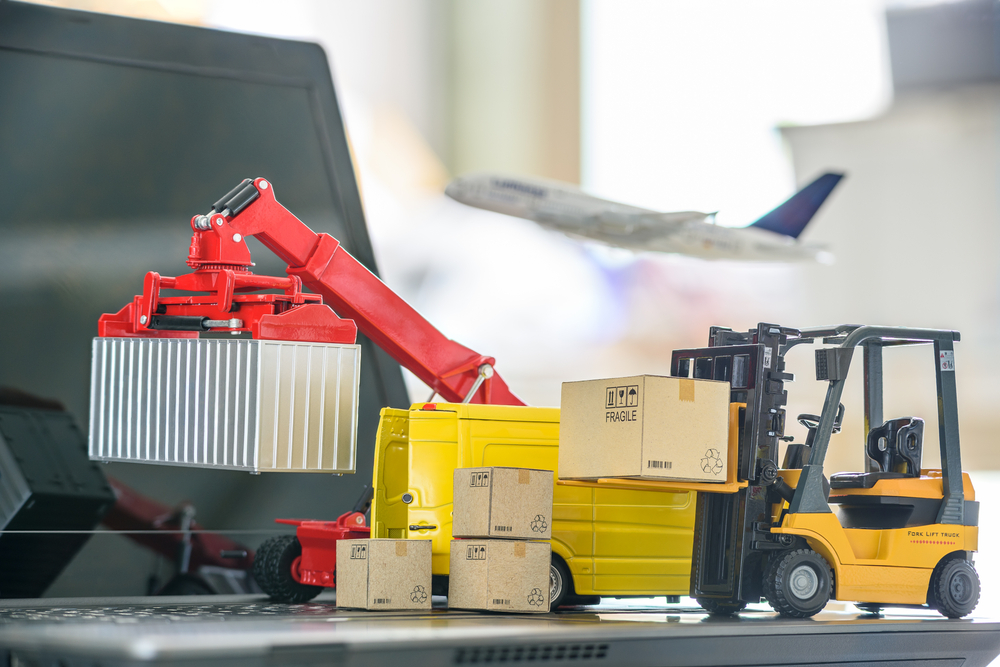This is a summary of an article posted to Contract Pharma. Read the entire article here.
The COVID-19 outbreak changed everything in the U.S. economy. Companies will feel the pinch, especially small to mid-size businesses. When delivery times can’t be accurately tracked and layers of additional delays begin to add up, on-time delivery metrics begin to break down.
Here are several best practices and methods to keep in mind when you’re up against delays from your product label vendors.
Related Post: Label Solutions Explains Label Durability
1. Build-Up Inventory in Case Your Vendor Experiences Supply Chain Delays
This sounds like common sense, but companies balance inventory requirements and allocating too much storage space. This is where climate-controlled labeling is a huge deal. If you aren’t already allocating for additional warehouse space in temperature-controlled areas, your inventory costs can quickly sneak up on you.
Keep in mind that your product label is usually the face of your brand at POS (Point of Sale), and depending on your specific industry, the label may need to follow strict regulatory compliant guidelines. So, properly storing your product labels to ensure readability is extremely important and is often overlooked.
2. Have a Backup Plan for Using an Alternative Label If Your Supplier Uses Material from China
If your production times continue to suffer delays due to lack of supply from China, one idea might be to start testing other types of label materials immediately, like ones that are readily available in the U.S. This may take additional time to get approval for companies that have a strong marketing brand. But it’s better to work through this issue rather than being completely shut down because your label supplier(s) can’t get the right materials that your marketing and production teams approved during the original product run.
Always test new label materials, inks, and adhesives through your production lines and/or your label auto-applicators. Just making the decision to switch to a new label material without properly testing and not considering how it will affect production time can back-fire at the worst time.
3. Share Your Production Calendar with Your Label Supplier
With so much automation in our lives today, it’s still important to have solid business relations with your label provider. More experienced “solution based” label converters will have a dedicated team that can help you avoid the headaches during supply chain disruption.
Understanding your customers’ seasonal demand each year and having a production schedule to share with your label account manager can help improve your long-term inventory operations. Remember that label account managers usually know or have access to information about replacement materials best suited for your product’s surface and how the label is applied to your product, either manually or automatically.
Related Post: 8 Mistakes Blog Series – Mistake #3: Not Sharing Your Production Run Schedules With Your Label Provider
Our goal for this article is to get you to think about how you can plan around future supply chain disruptions and avoid production delays without taking on excessive risk. Although labels may seem like the smallest part of your production worries, it is still a key component of the overall final product. Contact Label Solutions today or call toll-free 1-800-299-9200 for more details.

